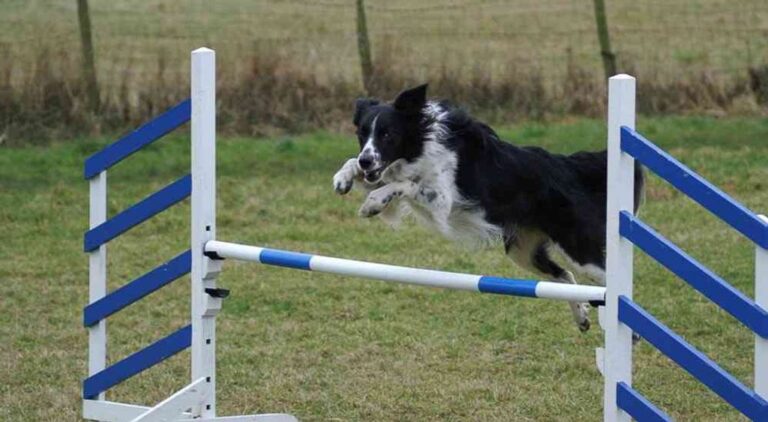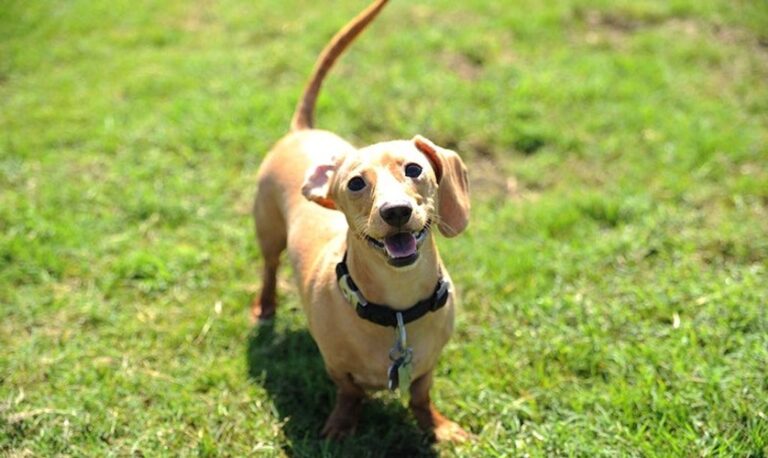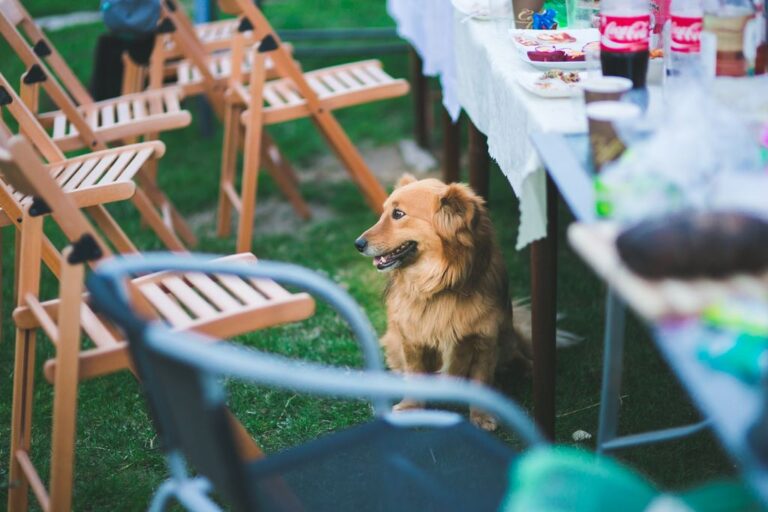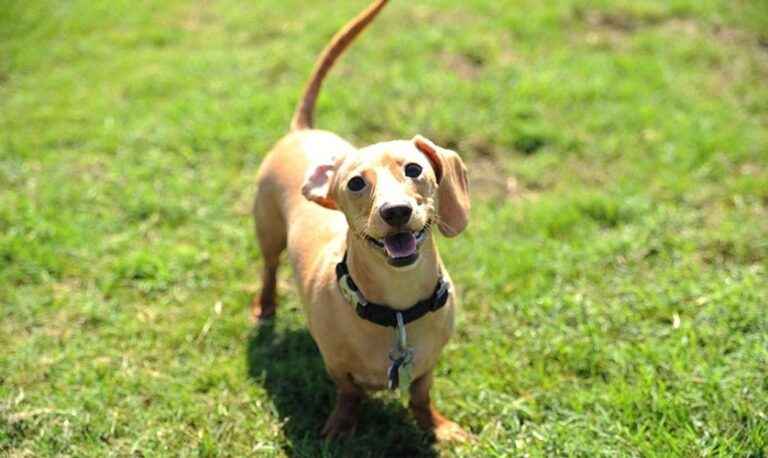Preparing Children and Pets for a New Dog: Steps for a Smooth Transition
Introducing a new dog into a household with children and pets can be an exciting and rewarding experience. It provides an opportunity for the whole family to bond and create lasting memories. However, it is important to prepare children and pets for the arrival of the new dog to ensure a smooth transition. By explaining the responsibilities of pet ownership, teaching proper behavior around dogs, and involving children in the preparation process, you can help set the stage for a positive introduction. Once the new dog is home, creating a safe and calm environment, supervising initial interactions, and encouraging positive associations will help everyone adjust. Addressing challenges and concerns, such as jealousy and rivalry, managing conflicts, and seeking professional help if needed, is also important. Finally, building strong bonds between children, pets, and the new dog can be achieved through play and bonding activities, involving children in dog care, and creating shared experiences and memories.
Key Takeaways
- Prepare children and pets for the arrival of a new dog by explaining responsibilities and involving them in the preparation process.
- Create a safe and calm environment when introducing the new dog to children and pets.
- Supervise the initial interactions between the new dog, children, and pets.
- Establish routines and boundaries to help everyone adjust to the new dog.
- Promote positive interactions and provide individual attention and affection to children, pets, and the new dog.
Why Getting a New Dog is Exciting for Children and Pets

The anticipation of a new furry friend
When we found out that we were getting a new dog, we couldn’t contain our excitement! The thought of having a new furry friend to play with and cuddle was just too exciting to handle. We couldn’t wait to welcome them into our home and shower them with love and affection.
As a family, we started preparing for the arrival of our new dog. We made sure to create a cozy space for them with a comfortable bed and plenty of toys. We also stocked up on food and treats, making sure they would have everything they needed.
To help us remember all the important things, we created a checklist. It included tasks like puppy-proofing the house, setting up a feeding schedule, and finding a good veterinarian. Having a checklist made us feel more organized and prepared for our new furry family member.
Tip: Remember to involve your children in the preparation process. Let them help choose toys and set up the dog’s space. It will make them feel more connected and excited about the new addition to the family.
The joy of having a playmate
Having a new dog means we’ll have a furry friend to play with and keep us company. It’s exciting to imagine all the fun adventures we’ll have together. Whether it’s playing fetch in the park or cuddling up on the couch, our new dog will bring so much joy and laughter into our lives.
The opportunity for new adventures
The anticipation of a new furry friend is always exciting. We can’t wait to have a playmate and go on new adventures together. But before we bring our new dog home, it’s important to make sure we have adequate preparation for the new dog. This means explaining the responsibilities of pet ownership to our children and teaching them proper behavior around dogs. We should also involve our children in the preparation process, such as setting up the dog’s bed and toys. By doing so, we can ensure a smooth transition for everyone involved.
Preparing Children for the Arrival of a New Dog

Explaining the responsibilities of pet ownership
When it comes to owning a pet, there are certain responsibilities that we need to be aware of. It’s not just about having a cute and cuddly companion, but also about providing them with the care and attention they need. From feeding and grooming to exercise and training, helping pets adjust to a new home requires time and effort. It’s important to understand that pets rely on us for their well-being and happiness. By taking on these responsibilities, we can ensure that our new dog feels loved and secure in their new environment.
Teaching proper behavior around dogs
When it comes to teaching proper behavior around dogs, safety should always be our top priority. It’s important to educate children about the importance of respecting a dog’s boundaries and understanding their body language. By teaching children how to approach and interact with dogs in a calm and gentle manner, we can help prevent any potential accidents or misunderstandings. Additionally, it’s crucial to supervise all interactions between children and dogs, especially during the initial stages of their relationship. This will ensure that both the child and the dog feel comfortable and safe.
Involving children in the preparation process
When getting a new dog, it’s important to involve the children in the preparation process. This not only helps them feel included, but also teaches them about responsibility and the needs of a pet. We can assign simple tasks to the children, such as setting up the dog’s bed or organizing their toys. By doing this, they will feel a sense of ownership and pride in welcoming their new furry friend. It’s also a great opportunity to educate them about the importance of providing a safe and comfortable environment for the dog.
Introducing a New Dog to Children and Pets

Creating a safe and calm environment
When introducing a new dog to our children and pets, it’s crucial to create a safe and calm environment for everyone involved. This will help reduce any potential stress or anxiety and ensure a smooth transition. Here are a few things we can do:
-
Clear the space: Before the new dog arrives, make sure to remove any items that may cause accidents or be potentially harmful. This includes small toys, fragile objects, and toxic plants.
-
Set up a designated area: Create a comfortable space for the new dog where they can retreat to when they need some alone time. This can be a cozy bed or a crate with soft bedding.
Tip: Providing a safe space for the new dog will help them feel secure and give them a sense of ownership.
-
Establish boundaries: Teach our children and pets to respect the new dog’s space and belongings. This can be done by setting clear boundaries and reinforcing them consistently.
-
Minimize noise and chaos: Dogs, especially new ones, can be sensitive to loud noises and chaotic environments. Try to keep the noise level low and maintain a calm atmosphere during the initial days.
By creating a safe and calm environment, we can help our children, pets, and the new dog feel more comfortable and at ease during the introduction process.
Supervising the initial interactions
When introducing a new dog to children and pets, supervision is crucial. We want to ensure the safety and well-being of everyone involved. Watching the initial interactions allows us to intervene if necessary and prevent any potential conflicts. It’s important to remember that dogs may feel anxious or overwhelmed in a new environment, so it’s our responsibility to create a calm and controlled atmosphere. By closely monitoring the interactions, we can observe the body language and behavior of both the dog and the children or other pets. This helps us gauge their comfort levels and make adjustments as needed.
Encouraging positive associations
When introducing a new dog to children and pets, it’s important to create a safe and calm environment. This will help everyone feel more at ease and reduce any potential stress or anxiety. Supervising the initial interactions is crucial to ensure the safety of all parties involved. By closely monitoring the dog’s behavior and the reactions of children and other pets, we can intervene if necessary and prevent any negative incidents. It’s also essential to encourage positive associations between the new dog and everyone else in the household. This can be done through dog training with treats and affection, which helps the dog associate positive experiences with the presence of children and other pets.
Helping Children and Pets Adjust to the New Dog

Establishing routines and boundaries
When bringing a new dog into our home, it is important to establish routines and boundaries to help them settle in and feel secure. Consistency is key when it comes to creating a sense of stability for our new furry family member. One of the first things we can do is set up a feeding schedule for our new dog. This will not only provide them with structure and predictability, but it will also help us monitor their food intake and ensure they are getting the nutrition they need. By sticking to a regular feeding routine, we can also prevent any potential issues with overfeeding or underfeeding. It’s important to remember that each dog is unique, so it may take some trial and error to find the right feeding schedule that works best for our new dog. We can consult with our veterinarian for guidance and make adjustments as needed.
Providing individual attention and affection
When bringing a new dog into our home, it’s important for us to give each member of our family, including our children and other pets, individual attention and affection. This helps to ensure that everyone feels loved and valued, and it also helps to prevent any feelings of jealousy or rivalry.
One way we can provide individual attention is by spending quality one-on-one time with each child and pet. This could involve playing games, going for walks, or simply cuddling on the couch. By doing this, we show them that they are important to us and that they still hold a special place in our hearts.
In addition to spending time with each family member, it’s also important to acknowledge and validate their feelings. If a child or pet is feeling anxious or unsure about the new dog, we should listen to their concerns and provide reassurance. This helps to build trust and strengthen the bond between everyone in the family.
Remember, each member of our family is unique and has their own needs and emotions. By providing individual attention and affection, we can help everyone feel secure and loved in our home.
Promoting positive interactions
When it comes to promoting positive interactions between children, pets, and the new dog, communication is key. Open and honest communication helps everyone understand each other’s needs and boundaries. It’s important to listen to each other and respect each other’s feelings.
Another way to promote positive interactions is by setting up a designated space for the new dog, where they can feel safe and secure. This could be a cozy corner with their bed and toys. Including children in the process of creating this space can help them feel involved and connected to the new dog.
In addition, encouraging shared activities can strengthen the bond between children, pets, and the new dog. Playing games together, going for walks, or even just cuddling on the couch can create positive experiences and memories.
Remember, patience is key during this transition period. It may take time for everyone to adjust and form strong bonds. But with love, understanding, and a little bit of effort, the whole family can create a harmonious and loving environment for the new dog.
Addressing Challenges and Concerns

Dealing with jealousy and rivalry
When bringing a new dog into a household with children and other pets, it’s common for jealousy and rivalry to arise. It’s important to address these feelings and help everyone adjust to the new dynamic. Here are some tips to navigate this challenging situation:
- Give each child and pet individual attention and reassurance. Make sure they feel loved and valued, even with the new addition to the family.
- Avoid favoritism. Treat all children and pets equally to prevent feelings of resentment.
- Create separate spaces and resources. Provide each child and pet with their own designated areas and belongings to reduce competition.
- Encourage positive interactions. Facilitate supervised playtime and encourage gentle and respectful behavior between everyone.
Remember, it’s normal for there to be some adjustment period. With patience, understanding, and consistent effort, you can help foster a harmonious environment where everyone feels included and loved.
Managing conflicts and disagreements
When introducing a new dog to children and pets, conflicts and disagreements may arise as everyone adjusts to the new dynamic. It’s important to address these challenges and find ways to foster a smooth transition. Open communication is key in resolving conflicts and ensuring that everyone’s needs are met. Active listening and understanding each other’s perspectives can help in finding common ground and resolving disagreements. Additionally, setting clear boundaries and expectations for behavior can prevent conflicts from escalating. Patience is crucial during this adjustment period, as it takes time for everyone to adapt to the new family member. By providing support and guidance, we can create a harmonious environment where conflicts are minimized and a smooth transition is achieved.
Seeking professional help if needed
If you’re facing challenges or concerns with your new dog, don’t hesitate to seek professional help. Sometimes, despite our best efforts, things don’t go as smoothly as we’d like. It’s important to remember that every dog is unique, and what works for one may not work for another. Positive reinforcement for dogs is a powerful tool, but it’s not a one-size-fits-all solution. If you’re struggling to address issues such as jealousy, rivalry, or conflicts, a professional dog trainer or behaviorist can provide guidance tailored to your specific situation. They can help you understand your dog’s behavior and develop effective strategies to overcome challenges. Remember, seeking help is a sign of strength and dedication to your dog’s well-being.
Building Strong Bonds Between Children, Pets, and the New Dog

Encouraging play and bonding activities
When it comes to encouraging play and bonding activities with your new dog, there are several fun and interactive ways to strengthen the bond between children, pets, and the new addition to your family. One great way to promote bonding is through interactive play sessions, such as playing fetch or tug-of-war. These activities not only provide physical exercise for your dog but also create opportunities for children and pets to engage in play together. By participating in these activities together, children and pets can develop a sense of camaraderie and shared enjoyment.
Involving children in dog care
When it comes to involving children in dog care, it’s important to start with age-appropriate tasks. Younger children can help with simple tasks like filling the water bowl or picking up toys. As they get older, they can take on more responsibility, such as feeding the dog or taking them for short walks around the neighborhood. By involving children in dog care, they not only learn about responsibility but also develop a bond with the new dog. It’s a great opportunity for them to learn about empathy and compassion.
Creating shared experiences and memories
When it comes to building strong bonds between children, pets, and the new dog, creating shared experiences and memories is key. These shared experiences not only strengthen the connection between everyone involved, but also provide opportunities for learning and growth. Whether it’s going on family walks together, playing games in the backyard, or snuggling up for movie nights, these moments create lasting memories that will be cherished for years to come.
In Conclusion
Bringing a new dog into your family can be an exciting and joyful experience for both children and pets. By preparing children for the arrival of the new dog and introducing them in a safe and calm environment, you can help foster positive relationships and create lasting bonds. It’s important to address any challenges or concerns that may arise, such as jealousy or conflicts, and seek professional help if needed. By involving children in dog care and encouraging play and bonding activities, you can build strong connections and create shared experiences. Remember, patience and love are key in helping everyone adjust to the new addition. So get ready for wagging tails, happy faces, and unforgettable memories!
Frequently Asked Questions
1. How do I explain to my child the responsibilities of pet ownership?
It’s important to have an age-appropriate conversation with your child about the responsibilities of owning a pet. You can explain that pets require food, water, exercise, and regular veterinary care. Emphasize the importance of being gentle and patient with the new dog and teach them how to properly care for and interact with the dog.
2. How can I teach my child proper behavior around dogs?
Teaching your child proper behavior around dogs is crucial for their safety and the well-being of the dog. Teach them to always ask for permission before approaching a dog, to never pull on a dog’s ears or tail, and to avoid bothering a dog while it is eating or sleeping. Encourage them to be gentle and respectful towards the new dog.
3. How can I involve my child in the preparation process for the new dog?
Involving your child in the preparation process can help them feel more connected to the new dog. You can ask them to help choose the dog’s name, pick out toys and supplies, and set up the dog’s sleeping area. Additionally, you can involve them in basic training sessions and teach them how to reward the dog for good behavior.
4. How do I create a safe and calm environment when introducing the new dog to children and pets?
Creating a safe and calm environment is crucial when introducing the new dog to children and pets. Make sure to remove any potential hazards and create a designated space for the dog to retreat to if it feels overwhelmed. Keep the initial interactions short and supervised to prevent any negative experiences.
5. What should I do if there are conflicts or disagreements between the new dog and my children or other pets?
Conflicts and disagreements between the new dog and children or other pets can arise during the adjustment period. It’s important to address these issues calmly and consistently. Separate the dog and the other parties involved if necessary and seek professional help if the conflicts persist or escalate.
6. How can I encourage play and bonding activities between my child, pets, and the new dog?
Encouraging play and bonding activities can help strengthen the relationship between your child, pets, and the new dog. You can organize interactive play sessions, such as fetch or hide-and-seek, where everyone can participate. Additionally, involve your child in the dog’s daily care routine, such as feeding and grooming, to foster a sense of responsibility and connection.






